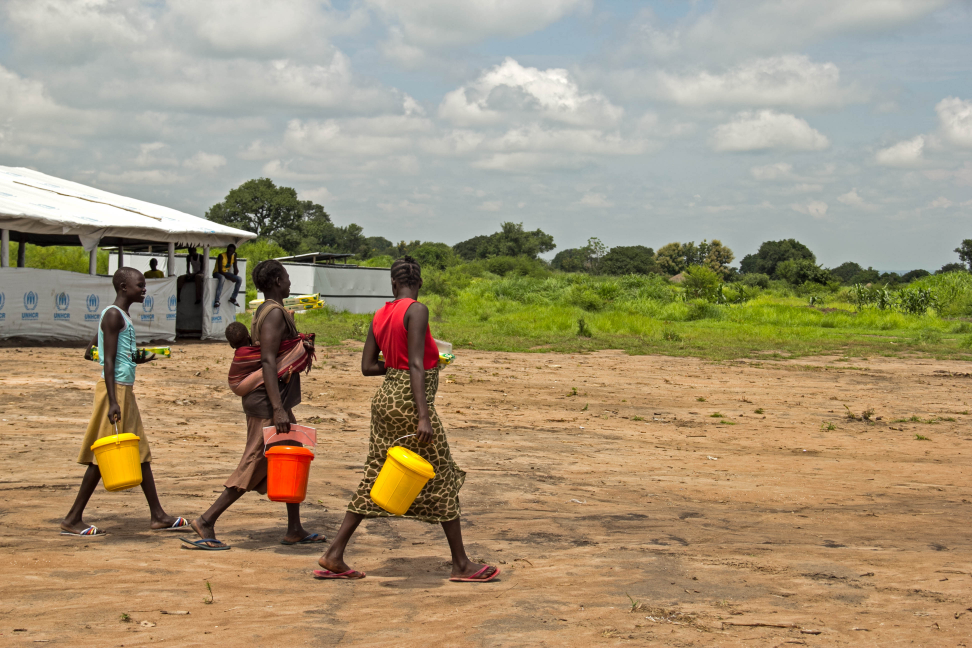How can our geeks add up to more than the sum of their parts?

Our visual analysis allowed us to step back and see that good pieces of work were not connected together. Research, consulting engineers and humanitarian shelter staff had only a partial view of the activities and thinking that they were each doing before and after disasters. With so much data but so few opportunities to consolidate and call on this evidence in the critical decision-making process, there is a risk that the work loses traction and value. By organising the disparate evidence visually, we exposed three challenges:
Filling Gaps: do more thinking ahead of time… We did not find much analysis or advice:
- that dealt with repairs and seismic retrofitting of housing;
- that set out shelter choices and technical options for householders; or
- that examined alternative approaches for rented, informal, traditional or vernacular types of housing.
In the NGO evaluations and case studies – the documents the humanitarian shelter sector uses for learning – we noticed that they rarely looked beyond the individual project or individual shelter design to the broader context and processes of housing and settlement before and after the disaster. We need to consolidate our experiences of post-disaster repair and retrofit and alternative approaches for rented, informal, traditional or vernacular types of housing. This will add more value if it also shows how funding was secured, how policies and standards were set, how assessments and projects were designed and how appropriate technical approaches were adapted to the specific pre and post disaster settlement, housing and shelter processes.
Who should be thinking about this? The research community and international development donors interested in supporting the research community in disaster-affected countries and regions…
Marriage: do the same thinking in the aftermath but do it together… Members of our team - engineers, researchers and humanitarian shelter staff - were already on the ground doing structural or humanitarian assessments at the same time. Obviously, there are physical vulnerabilities in the built environment that affect people and social, political and economic vulnerabilities that affect the built environment. We need to put these two perspectives and types of assessment together to get a full strategic picture of the shelter process. We need joint humanitarian and engineering assessments that are designed to help answer the questions of “how and why” the disaster caused so much damage. These questions cannot be answered quickly and reliably without the involvement of technical ministries, local professionals, builders and householders. Working in siloes – not just by sector or discipline but by forming working groups that don’t include people with less powerful voices (local professionals, builders or renters) - risks limiting the palette of humanitarian responses.
Who should be thinking about this? The Technical Working Groups of the Shelter Cluster, humanitarian shelter organisations, research missions (likeEEFIT), consultants contributing to the PDNA, UNDAC, FACT assessment missions or others commissioned by government via reconstruction donors to provide technical analysis and advice…
Synthesis: think in new ways… What analysis there was of the technical (and, more rarely, social factors) driving the "how and why" of damage to housing was scattered across different types of documents, produced at different times and at different levels of “zoom” or focus. The information tended to be:
- broad brush estimates of total housing units destroyed;
- bits of commentary on damage to individual buildings or pieces of infrastructure;
- patches of data from humanitarian needs assessments, focused on families and often on displacement.
We need to think and link between these scales if humanitarian responses are to follow on intelligently from the housing and shelter processes people relied upon before the disaster. This is a key part of contextual analysis and could build on and innovate beyond the tools we currently use such as seconding specialists or retaining surge capacity; the Shelter Cluster’s Strategic Advisory Groups (SAGs) and Technical Working Groups (TWGs); and map-making (an example of mapping supporting city institutions stuck in silos is this one from New York…). Important but under-used tools are longitudinal and impact studies, which remain rare, but could include a review of strategic decisions and decision processes, the evidence that was available and the evidence that we used and, lastly, the causal links between that evidence and disaster recovery.
Who should be thinking about this? Humanitarian and reconstruction donors with an interest in contextual analysis, responding to evidence and achieving value for money and impact…
Stay updated
Sign up for our newsletter to receive regular updates on resources, news, and insights like this. Don’t miss out on important information that can help you stay informed and engaged.
Related articles
.png)


Explore Elrha
Learn more about our mission, the organisations we support, and the resources we provide to drive research and innovation in humanitarian response.